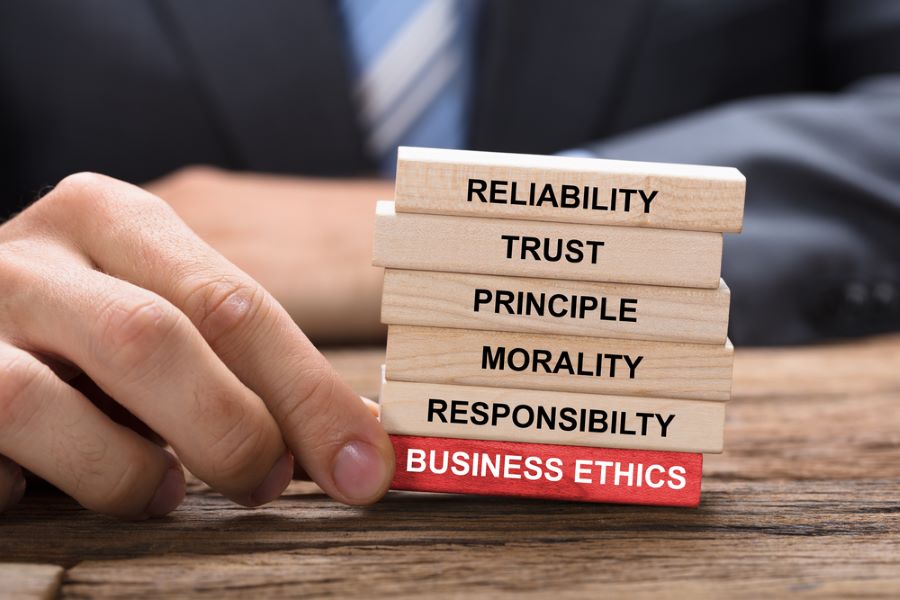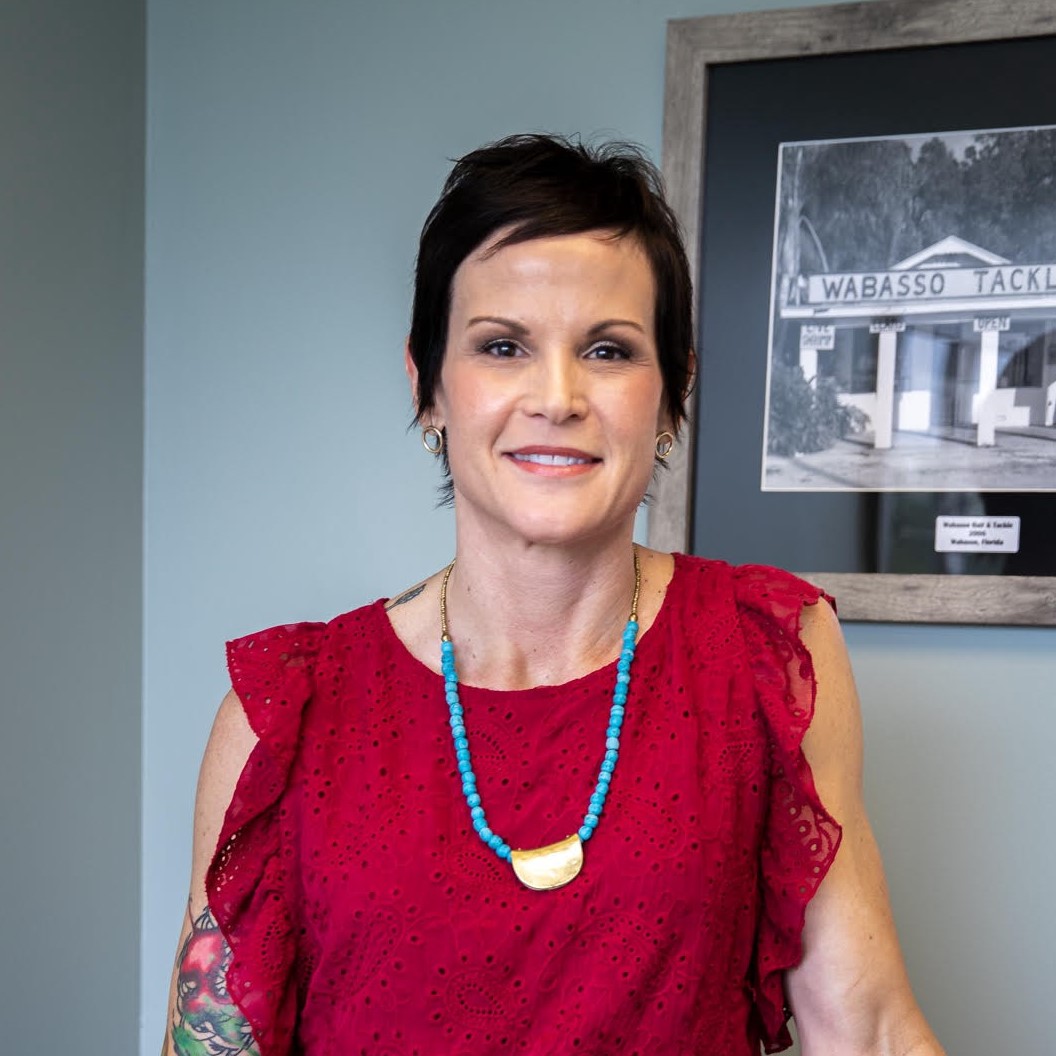Perhaps the smart way to blog about my interview with Antonia Hock, global head of the Ritz-Carlton Learning Centers is not to blog. Just tell you stop what you’re doing and grab the wealth of insights she shares from her years of experience at Microsoft, HP, Siemens and now Ritz-Carlton.
Alas, can’t keep my fingers off the keys. My mind stirs with the ideas she expressed.
Let me point to this statement, as one example:
The Ritz-Carlton has always been in the business of demonstrating genuine care and comfort world-wide while delivering on the expressed and unexpressed wishes of guests.
I underlined unexpressed. Sounds simple. But from years of experience in major ad agencies, as well as consultancy, I can say it’s not so simple at all.
The instinct for executive management is to interpret the client perspective from their own perspective. Keen on the product or service features and attributes, they quickly come to a conclusion as to the benefit for the client.
An ad comparison
Classic example: consumers aren’t buying a quarter inch drill bit. “They’re buying a quarter inch hole.”
To elaborate. I wrote a marketing column in which I displayed 10 ads for different brands of tires. All 10 ads hit the mark with creativity. Nine focused on the variety of tire related factors: icy or rain roads, design of tire treads, road handling etc. But from where I sat only one hit the bullseye.
The Michelin ad with the baby in diapers sitting beside a tire: “Because So Much is Riding on Your Tires”.
Automobiles require tires. So, we require tires. If there were hover autos riding on air like hover boats, we wouldn’t rush out to buy a tire. ‘Because So Much is Riding on Your Tires’ expresses the true desire and motivation – arriving safely. We’re not buying tires. We’re buying safe arrival of ourselves and our loved ones.
From the client’s perspective
Viewing things from the client perspective isn’t guesswork. It isn’t data and statistics. It isn’t following trends. It requires an honest self-appraisal: a post-graduate education and corporate executive position doesn’t automatically confer true insight into the unexpressed views, needs, and wants of your client.
I learned this early in my career working on a Colgate project and doing a focus group interview. We were showing an advertising concept to a representative group of our target audience. Fifteen women, high school educated, some housewives, others with clerical jobs, just average folks.
I and the other agency execs took for granted our advertising concept would hit home, and we’d get thumbs up all around the long conference table. Instead our ad concept was shredded, sliced, and mutilated.
I walked away with this understanding. Forget education, IQ, and all that. When it comes to knowing a person’s view, no one knows it better than that person. No one is smarter. Their perspective, their take, their like or dislike is shaped by their life story. No one, absolutely no one, knows their life story the way they do.
And, they don’t easily reveal it. That unexpressed wishes stays unexpressed. Unless you are willing to accept you are blind and go the distance to open your eyes to see clearly, see truthfully.
Insight before innovation
Innovation is the buzzword of the day. Technology is moving at warp speed. Innovate or Die is the maxim. But innovate in what direction? To solve what problem? And, most importantly, to what audience receptivity?
Insight before innovation should be the company culture. Company culture is another buzzword easily tossed about. But how do you acquire it? How do you get it to permeate to every employee?
Antonio addresses this superbly with this statement:
We come together each morning everywhere in the world at the start of every shift to execute ‘Line-Up’ where we discuss our culture and our values for 15 minutes.
Consistent focus and attention until the culture becomes the very oxygen of the company.
I’ll stop here. Antonia Hock’s interview is rich with valuable insights. And, they’re yours to ponder, absorb and put into play. Go read.







